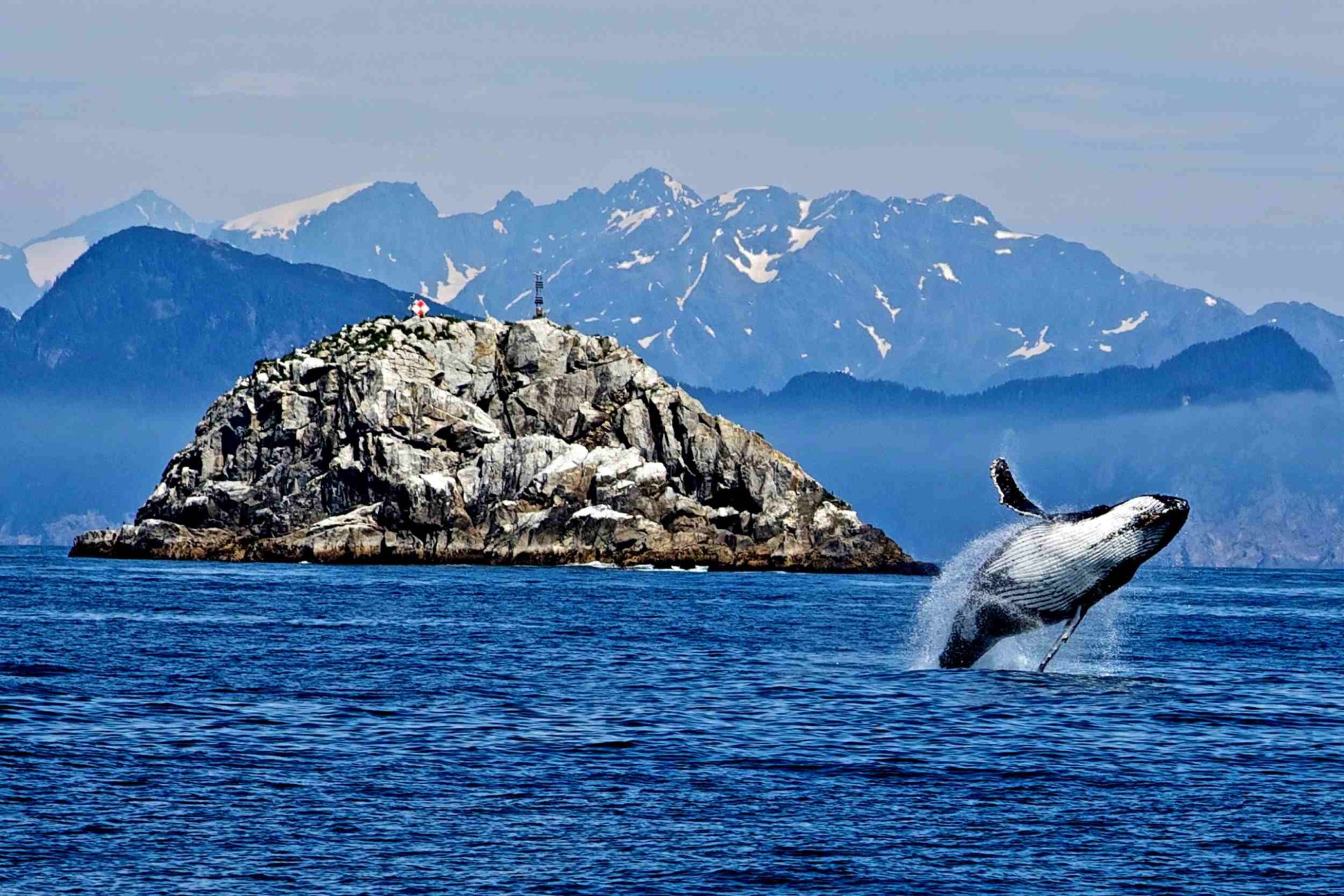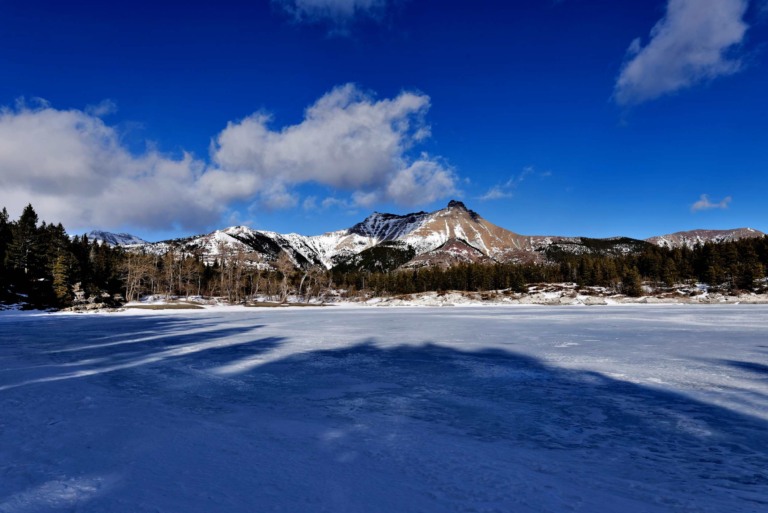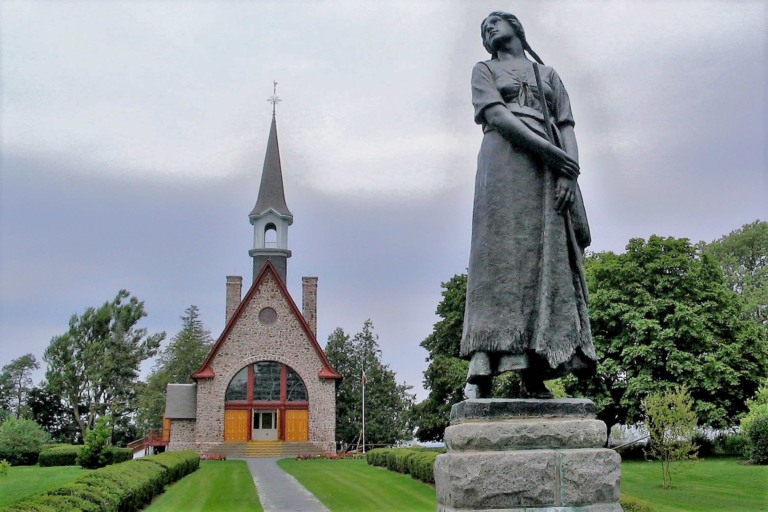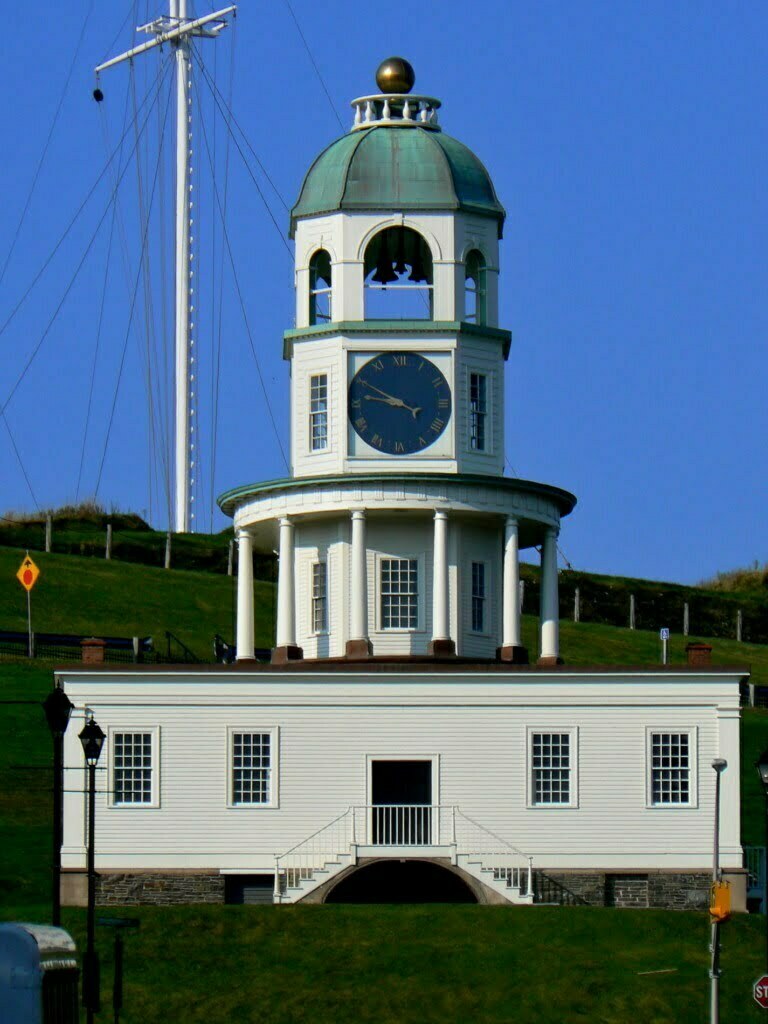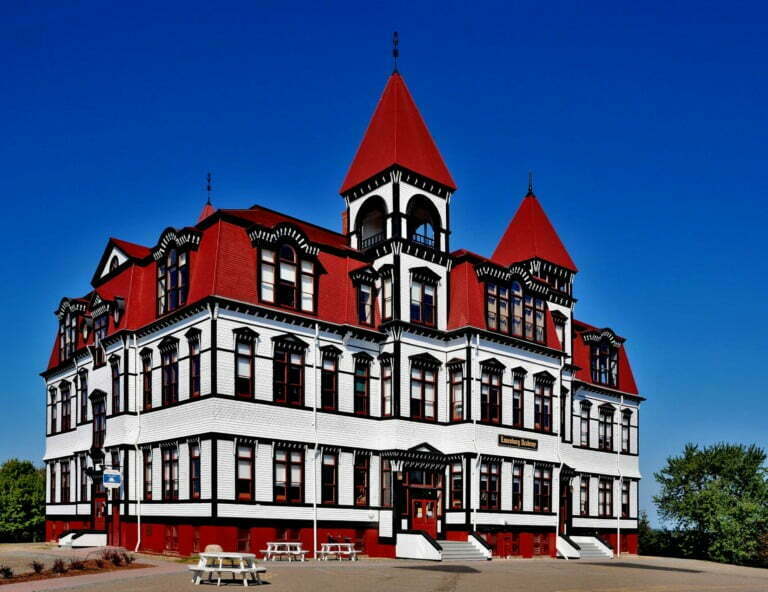Red Bay, Newfoundland and Labrador: Red Bay was founded by Basque sailors in the 16th century at the northeastern tip of Canada, on the shores of the Strait of Belle Isle. It is now an archaeological site that has the earliest, most complete, and best-preserved evidence of the European whaling tradition. Since 1979, Red Bay has been a Canadian National Historic Site, and since 2013, it has also been a UNESCO World Heritage Site.
Red Bay National Historic Site
Red Bay was founded by Basque sailors in the 16th century at the northeastern tip of Canada, on the shores of the Strait of Belle Isle. It is now an archaeological site that has the earliest, most complete, and best-preserved evidence of whaling by Europeans. The people who started the station in the 1530s called it Gran Baya.
It was used as a base for coastal hunting, butchering, rendering whale fat by heating to make oil, and storing. It became a big place to get whale oil, which was shipped to Europe and used to light homes there. The site, which was only used during the summer, has the remains of rendering ovens, cooperages, wharves, temporary living quarters, a cemetery, and ships and whale bones that are still underwater.
Red Bay is a fishing village in Labrador, Canada, that is known for being one of the most important places for underwater archaeology in the Americas. Between 1530 and the beginning of the 17th century, it was a very important area for Basque whalers. There, both big galleons and small chalupas that were used to hunt whales sank.
Red Bay Geography: Red Bay is a natural harbor in a bay with the same name. Both names come from the red granite cliffs in the area. During World War II, it was used as a place for naval ships to moor because the harbor was safe. Penney Island and Saddle Island are in the bay. The Basques used these islands to hunt whales. Near Saddle Island is where the sunken ship San Juan is.
History of Red Bay
Around 1525, Basques started hunting whales and fishing for cod off the coasts of Newfoundland, Labrador, and other places like these. In his History of Brittany, written in 1582, French jurist and historian Bertrand d’Argentré said that the Basques, Bretons, and Normans were the first people to reach the New World “before any other people.”
Etienne de Cleirac, a judge from Bordeaux, made a similar claim in 1647. He said that the French Basques found North America a century before Columbus by chasing whales across the North Atlantic. The Belgian cetologist Pierre-Joseph van Beneden (1878, 1892) said that the Basques found that the number of whales increased as they got closer to the Newfoundland Banks in the year 1372.
Between 1550 and the early 1600s, Basque whalers were based in Red Bay, which they called “Balea Baya” or “Whale Bay.” Memorial University of Newfoundland says that every season, sailors from southern France and northern Spain sent 15 whale ships and 600 men to the remote outpost on the Strait of Belle Isle to try to catch the right whales and bowhead whales that lived in the water there.
Red Bay Basque Whaling Station
During a storm in 1565, a ship, thought to be the San Juan, sank in the water near Red Bay. Chalupas and other smaller boats have also been found in the water. In 2004, 25–35 feet of water covered another galleon. It was the fourth ship that had crossed the ocean to be found in the area.
140 whalers are buried on a nearby island called Saddle Island. People think that a lot of the people buried there died from drowning or being out in the cold. Historians think that the whaling stations in Red Bay were shut down because the number of whales in the area dropped. At an interpretive center in Red Bay, people can learn about the past.
Local legends in Red Bay say that the infamous pirate Captain William Kidd hid a treasure in a body of water called “Pond on the Hill,” at 51° 43′ 43”N, 56° 26′ 56”W, at the foot of Tracey Hill. Residents of Carrol Cove drained the pond in an attempt to find the treasure. The plan didn’t work.
Red Bay Basque Whaling Station was used for about 70 years until there were no more whales in the area. In 2016, Google’s imaging service for Street View put up pictures of Red Bay. Red Bay is one of the few places in Labrador where pictures can be found on the service. Basque Memorial School, which was in the area, closed in 2021 because no one went there.
Red Bay Demographics
Statistics Canada’s 2021 Census of Population found that 142 people lived in 65 of Red Bay’s 69 private homes. This is a change of -16% from 2016, when the city’s population was 169. Land area was 2.31 km2 (0.89 sq mi), and there were 159.2 people per km2 (61.5 people per sq mi) in 2021.
